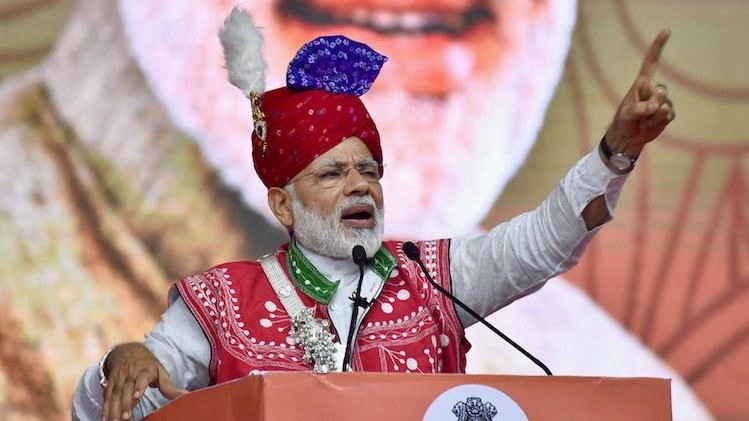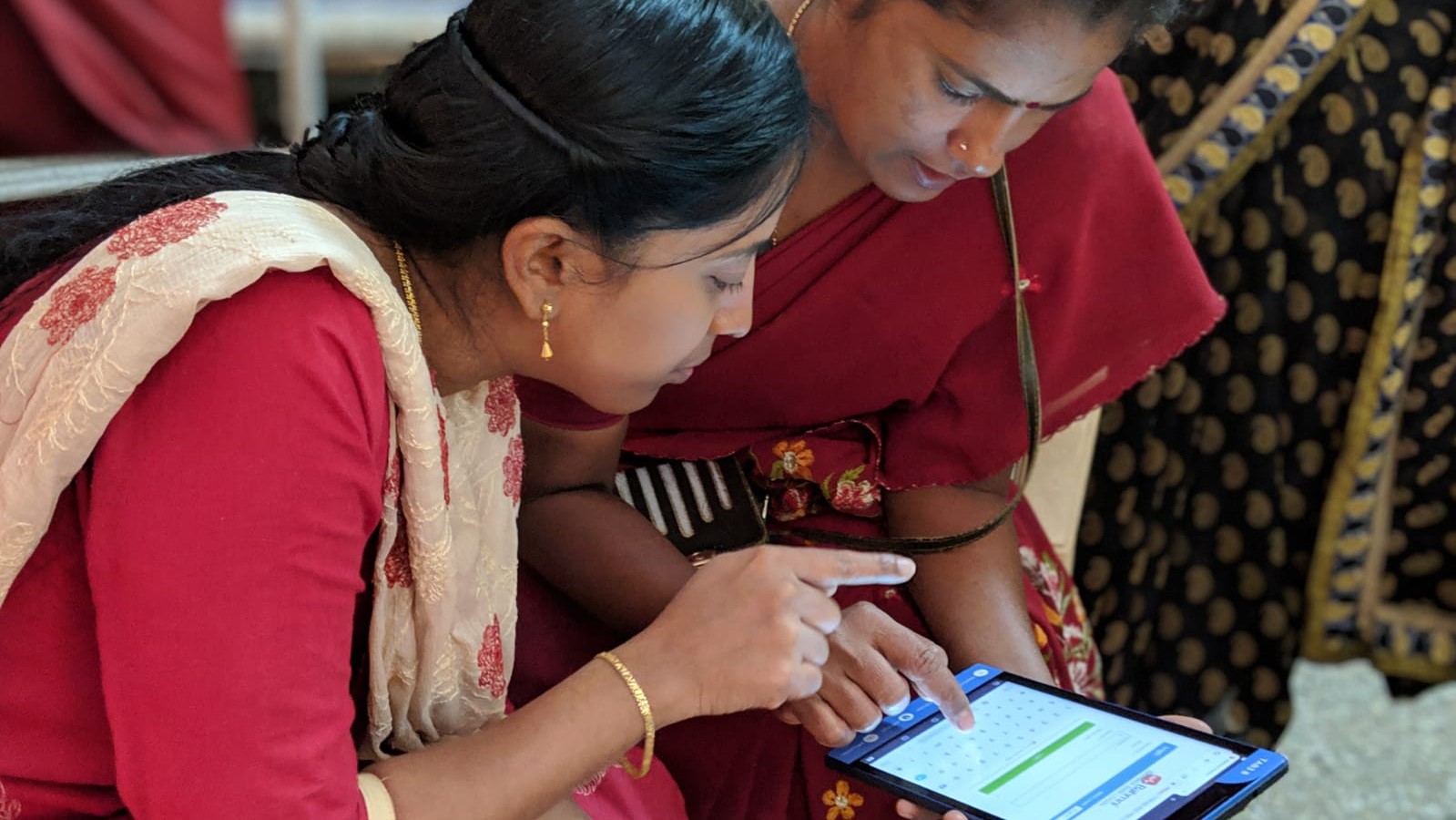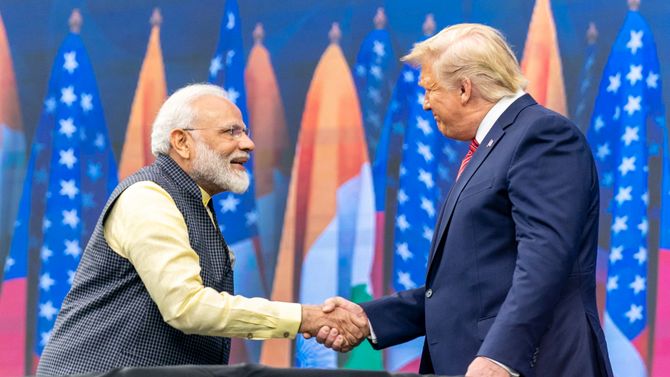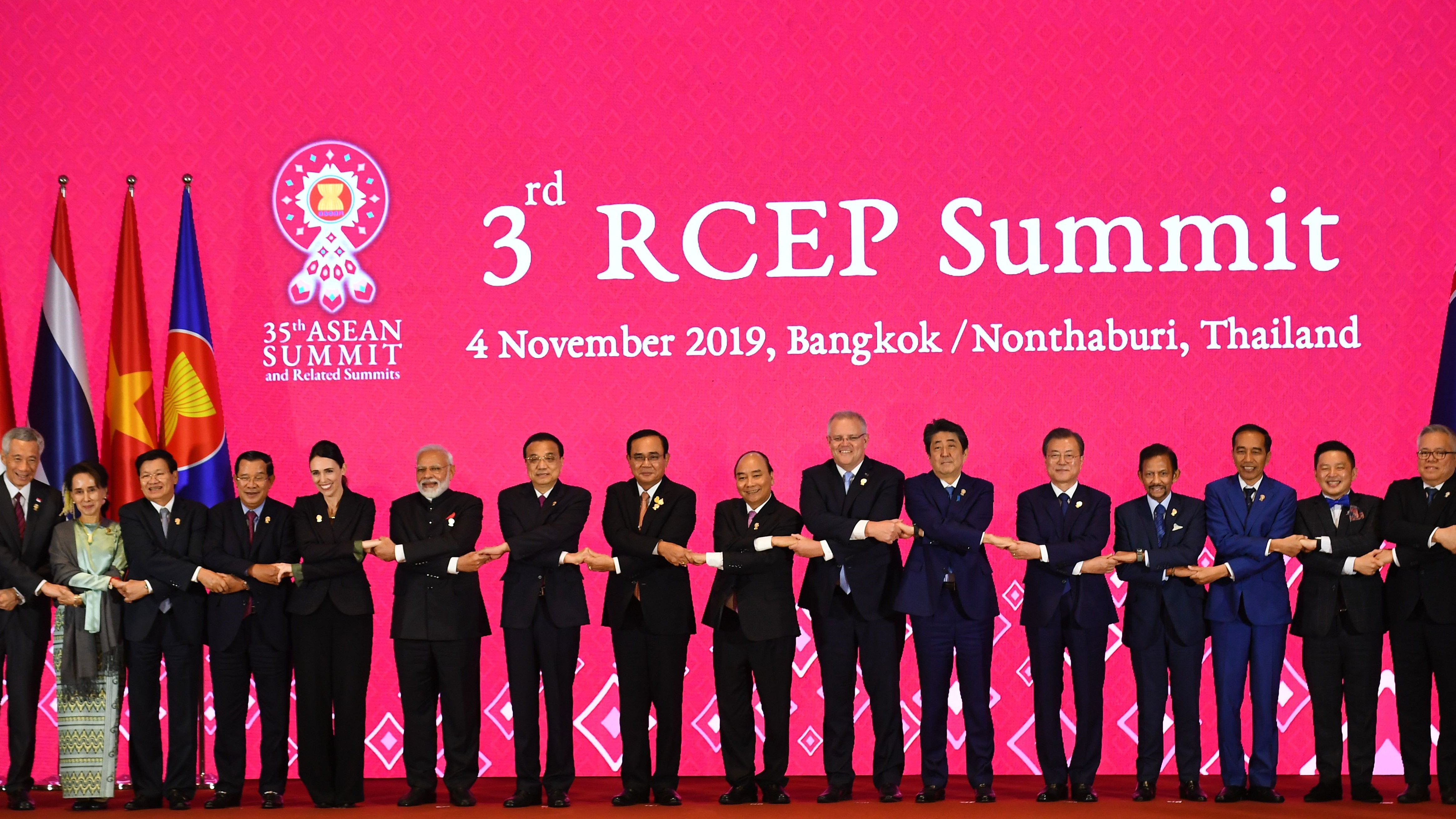This article is part of the Hinrich Foundation sponsored Vol.13 No.2 April–June 2021 issue of the East Asia Forum Quarterly.
India as a modern state has pursued two interconnected objectives since independence from Britain in 1947. These goals, still relevant, are to restore the country’s standing as one of the world’s major economies, and to preserve geopolitical freedom of action, or ‘strategic autonomy’. Economic strength is both an end in itself (to lift untold millions out of deep distress and poverty) and indispensable for maintaining such autonomy.
Over this long period, India’s engagement with the outside world has periodically changed to reflect domestic imperatives, global experience and changes in the external environment. India seems engaged in one such reset at this time and my attempt here is to describe the forces shaping India’s current external posture, and what those might mean for India as an Asian player.
India’s return to external openness in 1991 also occurred on the watch of a Congress-led coalition government. Parliamentary elections in 1989 led to the rejection of the ruling Congress party led by Indira Gandhi’s son, Rajiv Gandhi. The inexperienced coalition government that took office was not in a position to handle a fiscal and balance of payments crisis. The crisis was exacerbated by external events: the collapse of the Soviet Union, an important trade and defence partner, and the fist Gulf War. In the 1991 parliamentary election campaign that followed, Rajiv Gandhi was assassinated, as his mother had been seven years earlier.
The electoral outcome was a Congress-led minority government headed by P. V. Narasimha Rao, the first Congress Prime Minister drawn from outside the Nehru-Gandhi family. Rao’s technocratic finance minister, Dr Manmohan Singh, advised the prime minister to seek support from the International Monetary Fund (IMF). The program submitted to the IMF included a comprehensive set of reforms covering trade, public finance, the exchange rate regime and the reform of capital markets. While Prime Minister Rao provided valuable political cover he was not inclined to mount a frontal challenge the party’s centre-left orthodoxy associated with the iconic Indira Gandhi. External integration remained a largely technocratic project: ‘reform by stealth’ as it came to be known.
India remains by instinct a multilateral trading power, preferring to trade under the GATT’s most favoured nation rules, and actively uses the flexibility afforded by the distinction between applied and bound tariffs, as well as the trade remedies (anti-dumping, safeguards) that are available. In the first decade of the new century it began to flirt with relatively shallow bilateral preferential trade agreements with a range of partners. It also agreed to participate in negotiations on the Regional Comprehensive Partnership Agreement (RCEP) in 2012 but withdrew in 2019.
As in the 1960s and again in the 1990s, a combination of external and domestic forces has prompted a revaluation of India’s external engagement. While there is no crisis and the government is strong and popular, three contemporary developments are particularly significant. The economic, medical and political dimensions of the COVID19 scourge have exposed and reinforced several weaknesses in India’s development trajectory. China’s long-term economic success and its current political assertiveness are now shaping both the regional and global economic order as well as its bilateral relations with India. These developments have occurred at a time of declining support for multilateral co-operation following the global financial crisis and on into the pandemic. Taken together, these developments have prompted India to reconsider its external posture. Much remains obscure and seemingly inconsistent, but it does appear that India is reducing its bets on integration with its East Asian neighbours and investing greater energy in links with Europe and the US.
The deeper message is that in its post-COVID recovery, India’s pursuit of strategic trade and industrial policy means it prefers the flexibility offered by bilateral trade agreements over more ambitious regional structures. Its aim will be to make access to the Indian market most attractive for those willing to bring the latest technology, following the playbook of China and before it, Japan and Korea. It will also seek to consolidate market access for its export of services in rich countries.
© The Hinrich Foundation. See our website Terms and conditions for our copyright and reprint policy. All statements of fact and the views, conclusions and recommendations expressed in this publication are the sole responsibility of the author(s).








